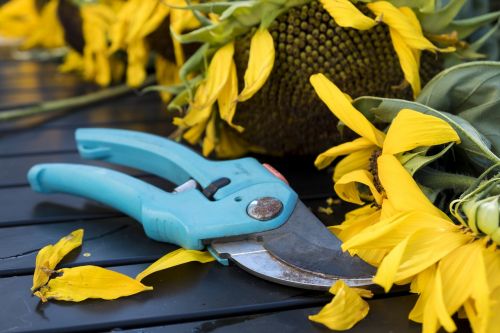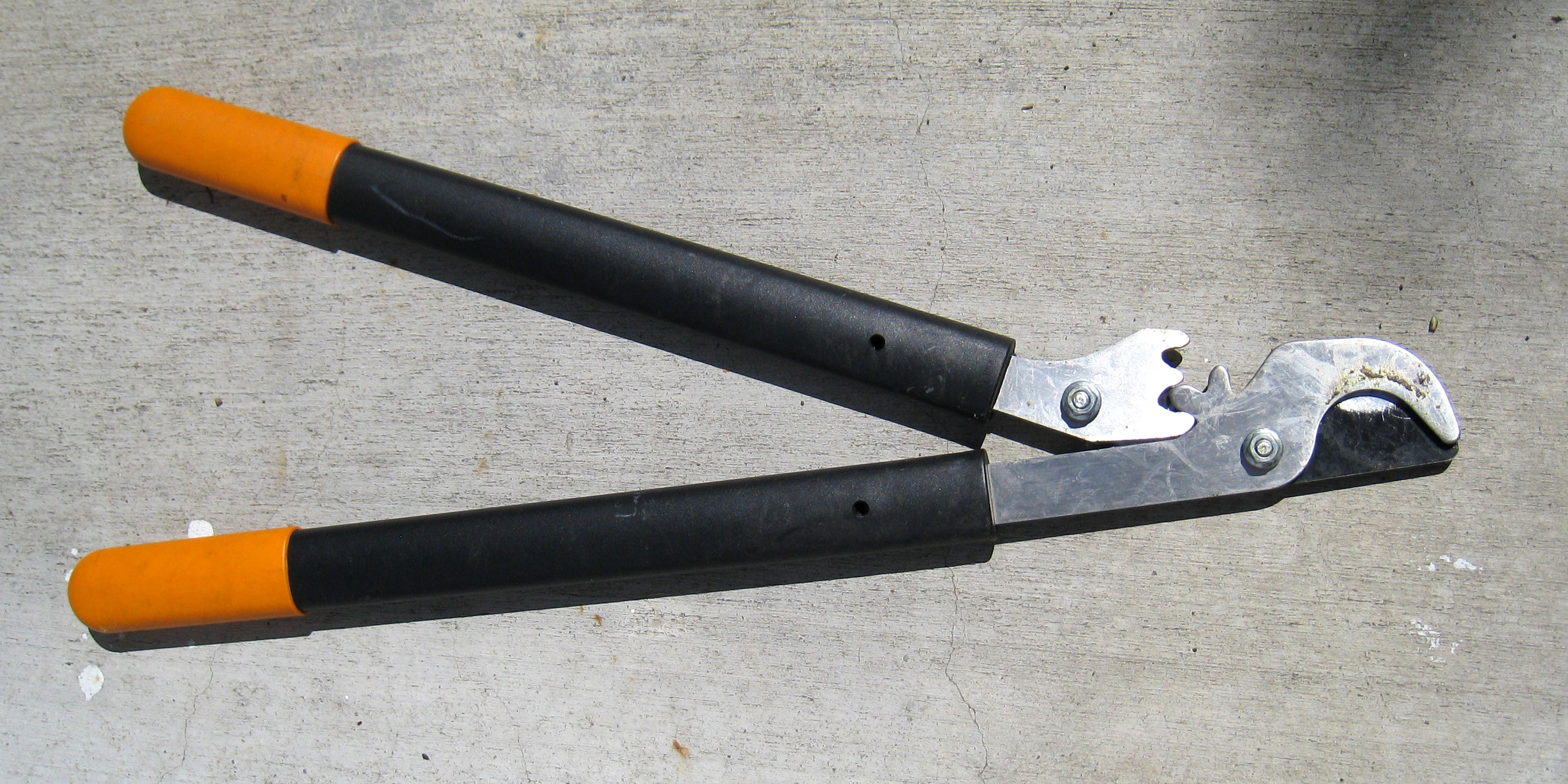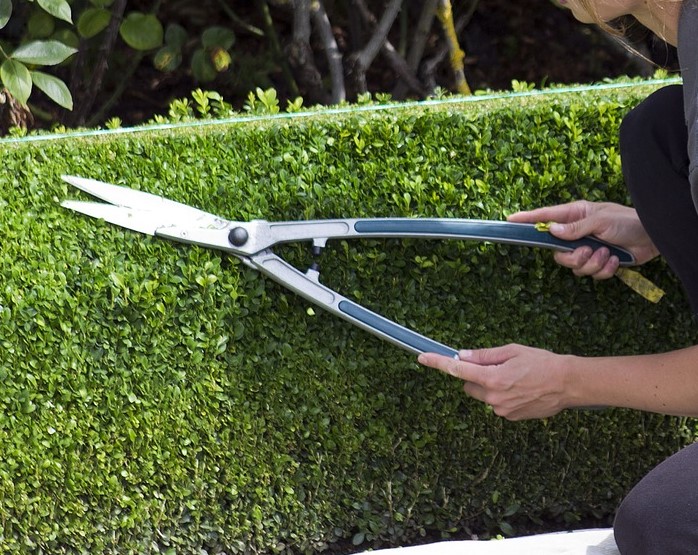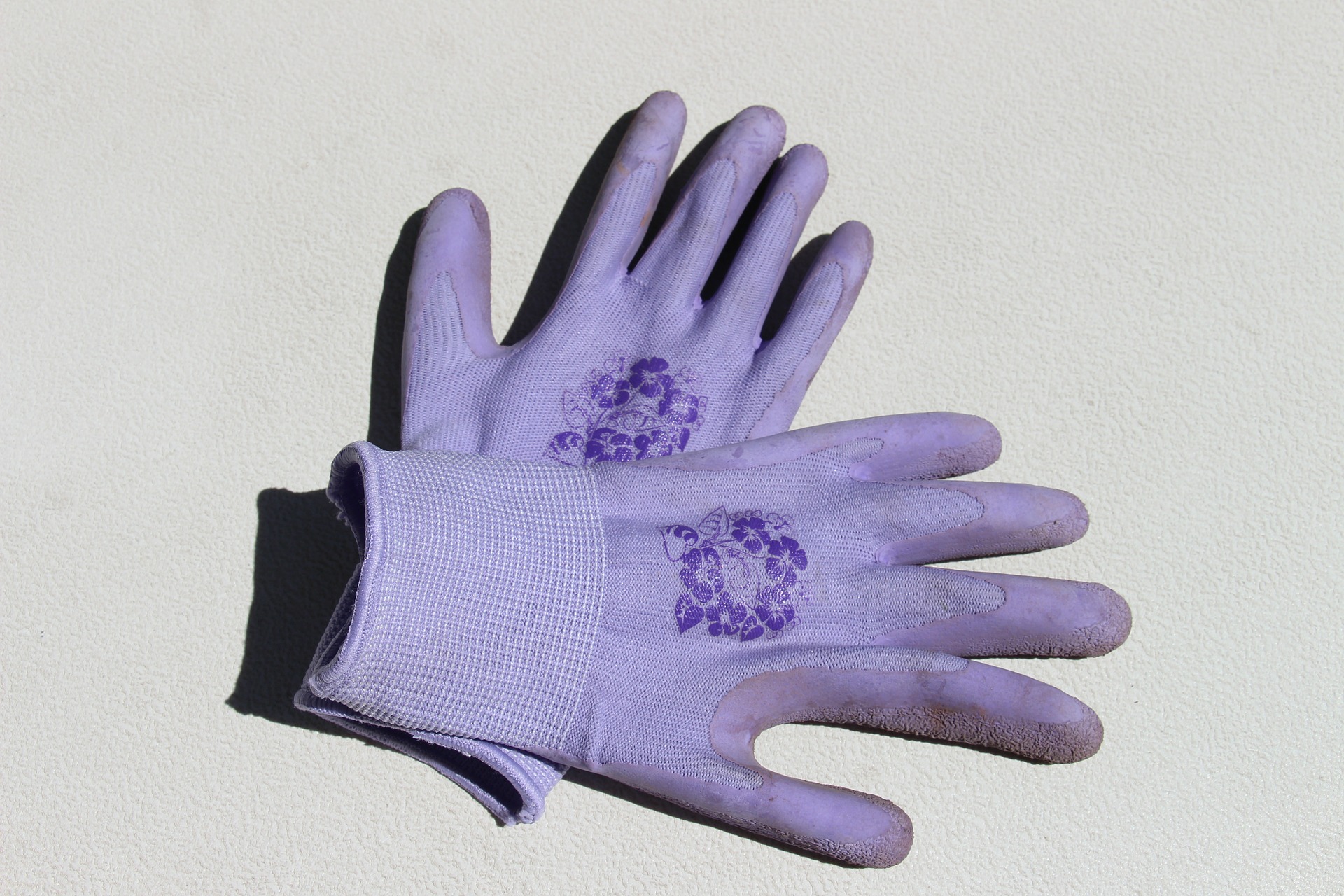We are in the transition stage from fall to winter now, and this is the perfect opportunity to trim up your shrubs and perennials. Fall and spring are the two seasons for tidying up your plants and getting them ready for the next growing season. Today’s blog will cover all of the basics for fall pruning including the benefits to pruning, tools needed, and what to know about pruning.

Reasons to Prune
1. Keeps plant fuller: Pruning will help the plant grow back thicker and look less straggly the next year. The branches will be a more consistent length, and you can better control the plant’s shape this way.
2. Improves health: The more sunlight that can get into the base of a plant, the better. By strategically removing some branches and cutting some back, this will allow for more leaves to access sunlight. Sunlight also helps prevent against diseases that can form in dark, damp parts of the plant.
3. Cleans out dead wood: Dead wood gets in the way of new growth and does not do anything good as far as looks go. This will also help foster new growth.
Tools
Pruning is not too difficult of a task, so you just need a few essential tool in order to be prepared.
Small hand pruners: These nifty, little tools come in handy. They are the main tool that you need to clip and remove branches. You can find these at any garden center or hardwood store.

Hedge sheers: Hedge sheers are good to have on-hand. They are used to shape shrubs and hedges or to clip other big areas at once.

Gloves: Gloves are not only used to keep your hands clean and protect you, but they also can help prevent spreading diseases to plants.

Diluted bleach: Bleach is perhaps the most important item you need for pruning. You need to make a simple bleach and water mixture to clean your pruners with between each plant. If you don’t clean your pruners or shears and end up cutting a diseased plant, you can then spread that disease to your other plants. A diluted bleach solution will kill any pathogens on the tools making them safe for each plant.
Pruning Shrubs
Now that you have picked the perfect spot for your tree and have the materials you need, you can start digging!
1. Two-thirds rule: Typically you would cut plants back at least 2/3 of what they grew for the entire year before and shape it to how you want it to look. This will give you a much cleaner looking plant when it starts to flush. Make sure to cut back just before the buds.
2. Cut out selected stems: If your plant is getting too crowded with branches, cut out a few stems completely. This will allow for sunlight to reach the plants interior to make it healthier and will help prevent against diseases. This will also foster new growth from the plant by removing older growth.
3. Know when to prune certain shrubs: Not all shrubs should be pruned in the fall, and some plants should not be pruned at all. Before pruning, research your shrub to make sure you ought to prune it and when. Some plants like azalea, lilac, and magnolia ought to be pruned in spring right after they bloom. Most hydrangeas should not be pruned (here is a Hydrangea Guide to help you out). Viburnum, beautyberry, and some hollies should be carefully pruned because if you prune off their buds or flowers, they will not create berries for their desired fall and winter interest.
4. You don’t always need to prune: Remember, you do not have to prune shrubs. If a shrub is looking good and has been growing well, there is not a need to cut it down. Only prune if the plant’s health is in question, you want to maintain its size, you need to tame its appearance, or you need to encourage new growth.
5. Questions?: If you have more questions on how to prune shrubs, here is a guide we find extremely helpful: Pruning Demystified.
Pruning Perennials
Almost all perennials are good to be pruned in the fall.
1. Wait after a few freezes: Prune after a couple of good freezing nights to ensure buds are developed next year. If you aren’t sure, you can dig around the crown to see if there are any buds set yet. The crown is where the roots meet the stem.
2. Prune close to the ground: Chop off quite a bit of the perennial plant, but do not go below 2-3” above the crown. Make sure you do not cut into the crown (again, where the roots meet the stem) as this could possibly damage/kill the plant.
3. Fall is best: Our preference is to prune perennials in the fall because of all of the diseases the decaying debris will harbor. Remove most of the debris, but you can leave some if you want because it can help insulate the plants for the winter. Too much debris will allow the growth and spread of disease though.
Learn More About Plants From Us!
We may be a wholesale grower, but our staff are experts in the field. What’s more, is we love helping people learn more and understand more about plants. We grow healthy plants, and we want our plants (and any plants really) to be successful in the landscapes they are planted in. Feel free to email us at sales@lomavistanursery.com or call us at (785) 229-7200 if you ever have plant-related questions.
Connect with us!
Stay up-to-date on our plant recommendations, growing tips, and more by following us on social media.
